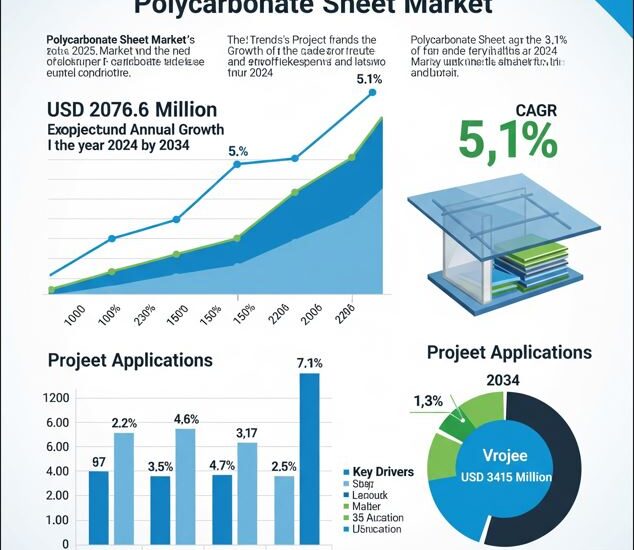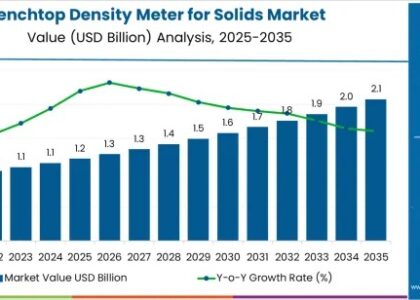It’s not steel. It’s not glass. But in a world racing to build lighter, safer, and more energy-efficient infrastructure, polycarbonate sheets are emerging as the quiet champions of modern construction, design, and safety engineering.
The Polycarbonate Sheet Market—according to Future Market Insights—is projected to grow from USD 1.6 billion in 2023 to USD 2.8 billion by 2033, rising at a compound annual growth rate (CAGR) of 5.7%. That’s not just market growth. That’s a surge powered by a growing awareness that the materials we once considered secondary are now center stage in global transformation.
Let’s cut through the noise: polycarbonate is not just an alternative to glass — it’s better.
We’re talking about a material that’s 250 times stronger than glass, 30 times stronger than acrylic, and significantly lighter. In an era of rising climate volatility and increasing urban density, polycarbonate is quickly becoming the building block of resilience — for greenhouses, skylights, bus shelters, riot shields, medical partitions, bullet-resistant panels, and more.
But here’s where things get critical: the West is behind.
While Asia Pacific — especially China and India — is aggressively adopting polycarbonate for industrial and commercial infrastructure, North America and parts of Europe still rely heavily on traditional materials. That’s a mistake. Not just an economic one, but a sustainability failure too.
Request Report Sample: https://www.futuremarketinsights.com/reports/sample/rep-gb-11125
Polycarbonate sheets are recyclable. Durable. Flexible. And critically — energy-saving.
When used in place of traditional glass or heavier polymers, polycarbonate reduces the structural load and, in turn, the energy required to heat and cool buildings. In smart architecture, that’s a win. In climate-sensitive regions, it’s an absolute necessity.
Still, challenges persist — especially when it comes to pricing volatility and feedstock control.
With much of the raw material supply dependent on petroleum-based inputs, geopolitical tensions and fossil fuel shifts have caused frequent price fluctuations. That’s pushing manufacturers to either vertically integrate or seek alternative, bio-based polycarbonate solutions — a trend that will define the next decade of competition.
But the question is this: are regulators and policymakers paying attention?
Too often, building codes remain stuck in the 20th century. Glass still dominates public infrastructure. Procurement policies rarely consider the full lifecycle benefits of advanced materials like polycarbonate. That’s bureaucratic inertia — and it’s costing taxpayers and the environment.
Here’s what needs to happen:
-
Governments must modernize codes to prioritize high-impact, low-weight, shatter-resistant materials.
-
Manufacturers need to double down on R&D to reduce cost barriers and improve recyclability.
-
Architects and builders must get serious about integrating polycarbonate in both form and function.
Because this isn’t just about building more. It’s about building smarter. And polycarbonate is the material that smart infrastructure needs.
The polycarbonate sheet market is poised for a breakout. The only question now is whether global decision-makers will act fast enough to ride the wave — or continue clinging to outdated material dogmas that hold innovation hostage.
In an era defined by disruption, polycarbonate sheets are proving what the future of construction looks like: lighter, stronger, smarter, and more transparent — in every sense of the word.
Browse the Complete Report: https://www.futuremarketinsights.com/reports/polycarbonate-sheets-market






